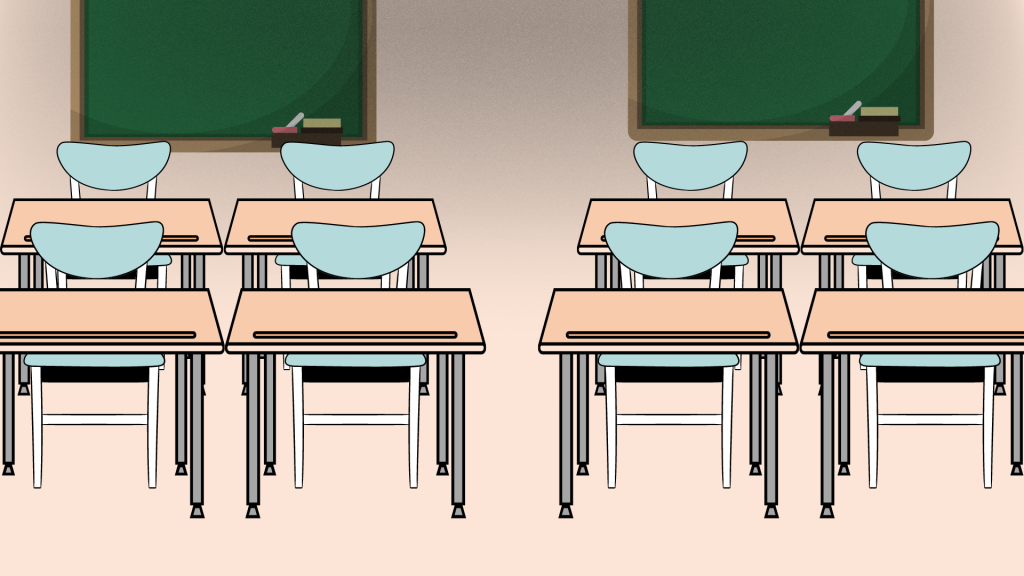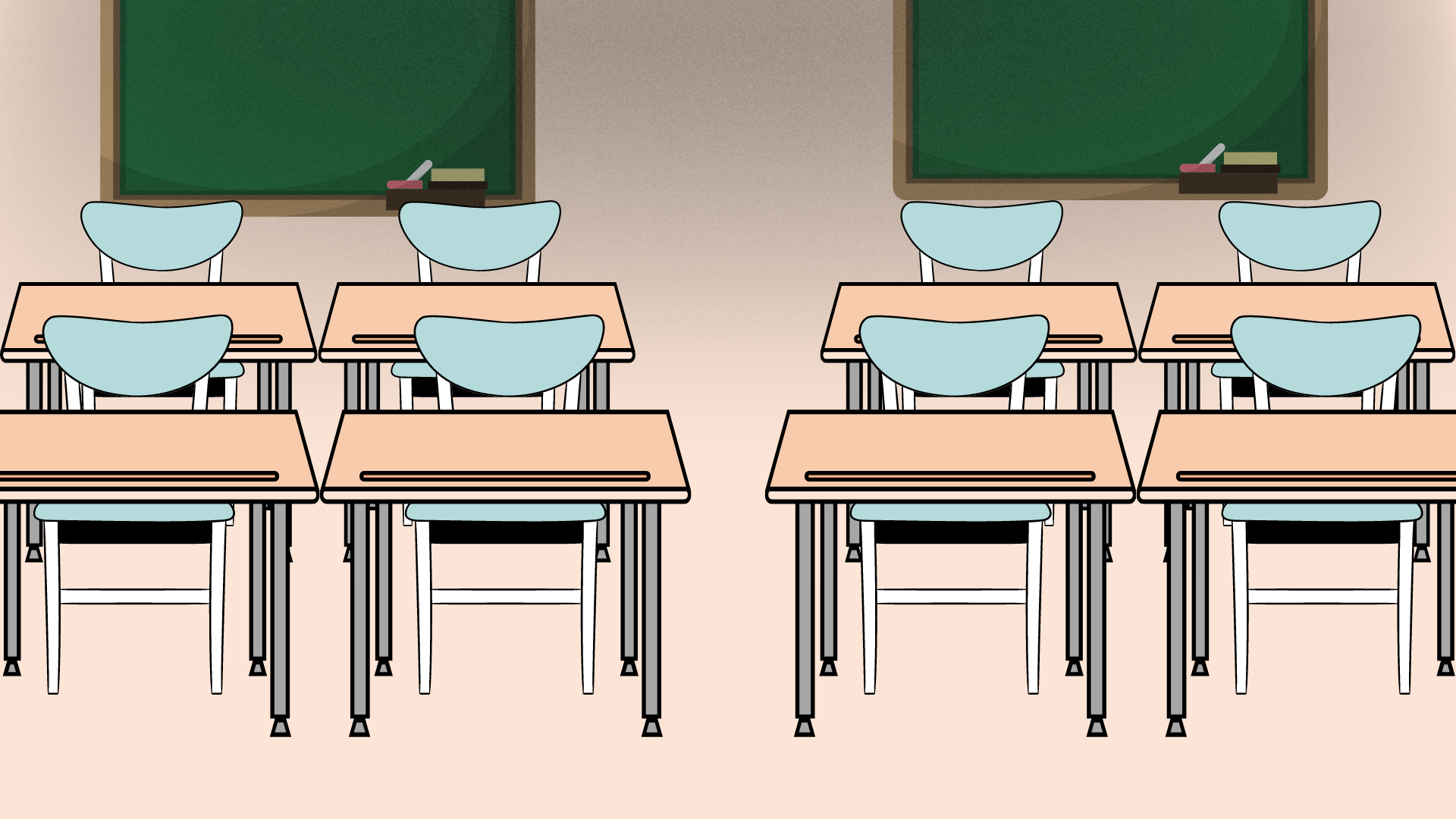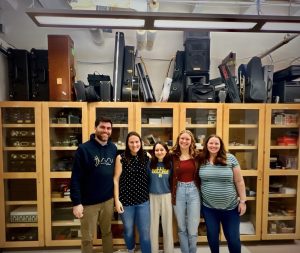
Despite implementing policies to prevent the transmission of COVID-19 on campus, students pointed out lapses in social distancing in classrooms during the Sept. 10 Town Hall.
According to the Rollins COVID-19 policy for 2021-2022, “Classrooms will have physical distance between fellow students and their instructors as well as assigned seating. All classrooms will have a minimum of three feet between students and further separation for the instructor.”
The CDC recommends three feet of distance between people. Dean of Students Leon Hayner said that a capacity plan was designed before the start of the school year, ensuring enough space in classrooms for these guidelines to be followed.
The measurement of three feet of distance is from nose to nose. To paint a clearer picture of what this should look like, Hayner said that students should be able to fully extend their arms to their sides before touching their classmates’ noses. Hayner also said that students are encouraged to use the whole space of their classrooms and to sit according to these guidelines, even if professors do not explicitly request it.
However, students say that they are experiencing a lack of social distancing space in their classrooms.
“Honestly, up until today [when I was asked about it], I didn’t know there were supposed to be social distancing measures that took place in class,” Solomon Brooks (‘25) said. “We simply don’t have big enough classrooms to fit 30 students in a classroom with 2 students to a desk.”
Students are encouraged to talk to the Dean of Faculty Jennifer Cavanaugh, the Provost Susan Singer, or faculty members to share any concerns they may have on this matter.
As for the use of plexiglass barriers on campus, the Rollins COVID-19 website indicates the following: “Some seating arrangements may have plexiglass barriers […] in high-traffic areas and public spaces where physical distancing is not possible.”
Thus, not all of the tables have plexiglass installations this year; 20 percent of the tables in the Marketplace and 60 percent of the tables in Olin Library have these barriers.
Hayner and Director of Wellness Dr. Connie Briscoe said that they see the barriers as another resource students may use, but that they do not want to force the resource upon them.
Hayner and Briscoe also said that it is also important to remember that plexiglass is not 100 percent efficient. They should not be used as a substitute for masks.
Apart from plexiglass installations, other options for students who may not feel safe eating in a close space such as the dining hall are to utilize to-go boxes and outside seating.
Students are welcomed to remind other students about safety guidelines such as mask wearing, since repeated bad behaviour could result in being banned from using certain facilities, said Hayner. He said that everyone is still required to wear a mask in all indoor spaces, regardless of vaccination status.
For more information about COVID-19 and safety policies on campus, visit the following websites: the Rollins Dashboard, latest updates on COVID-19, student COVID-19 policy, and additional information for faculty and staff.








Comments are closed.